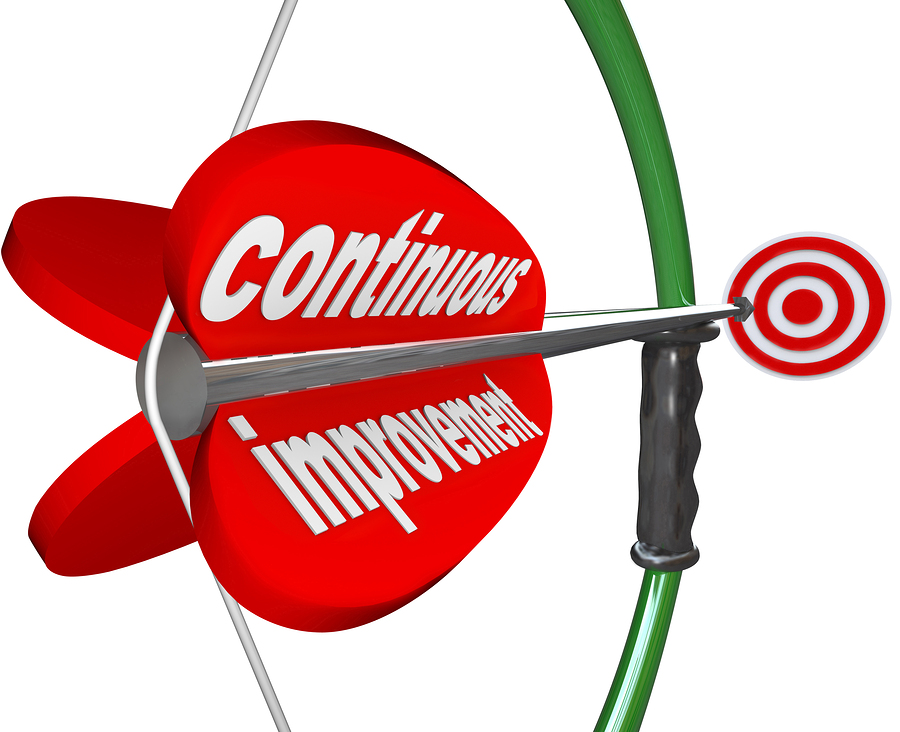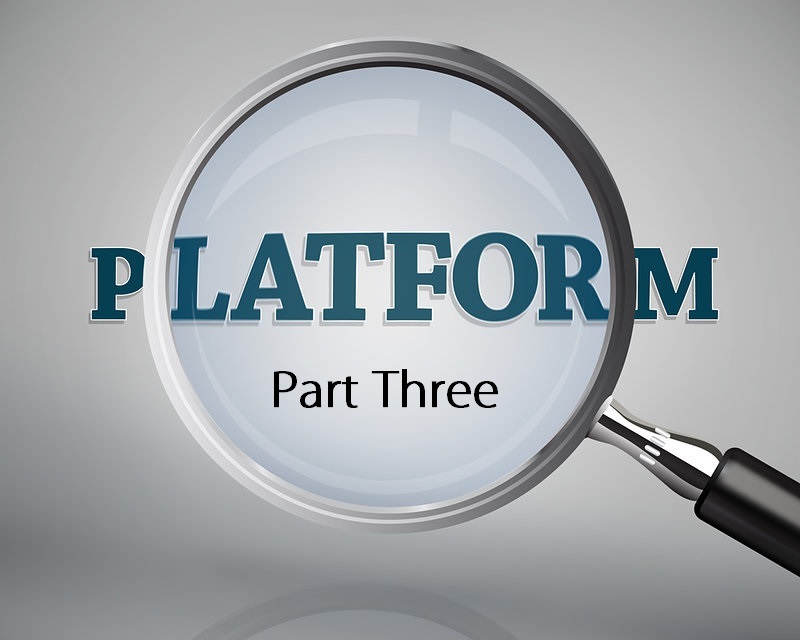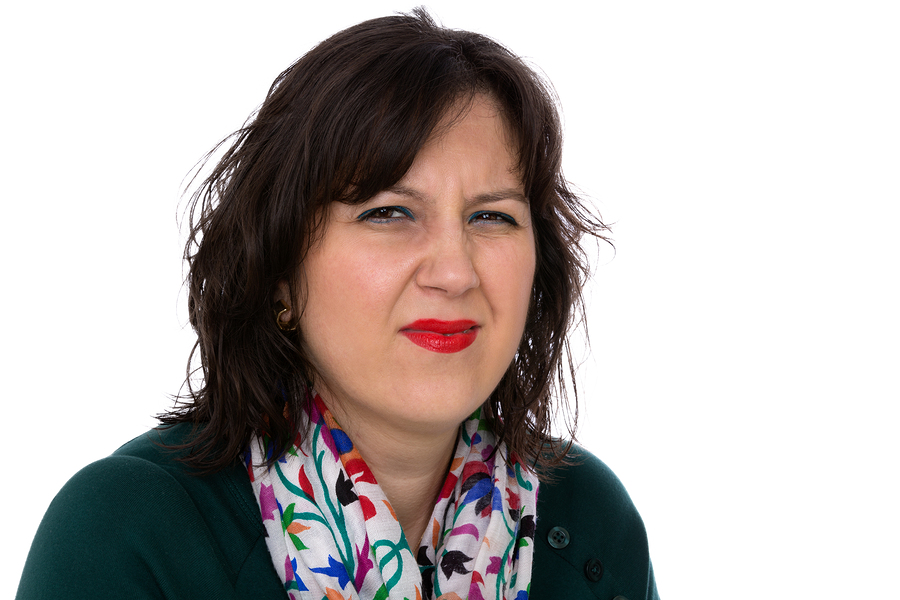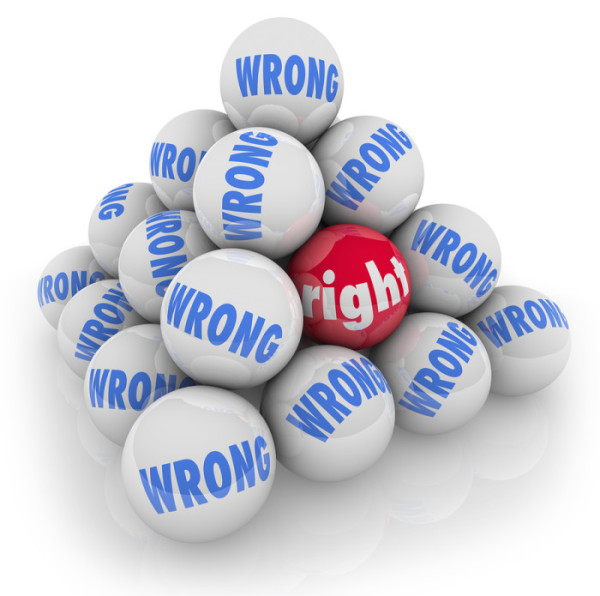A book proposal sent to an agent is like applying for a job as an author. Comparing how applying for a job and pitching an agent for your book proposal are similar is my task today. I think some authors believe that pitching an agent is a mysterious process involving passwords, magical keys or some sort of ceremonial sacrificial offering.
It couldn’t be further from the truth.
Sometimes a prospective employee is not hired by a company because they simply “did it wrong.” Similarly, an author might be declined by an agent because of a bad first impression. We might never read what you wrote because of it.
Pitching your book proposal is really not as complicated as it seems. Sure, there are some hoops to jump through, but they really are not that unique to publishing, but more common sense than anything else. By comparing it to a job application/interview process, maybe we can demystify it a bit.
Do’s and Don’ts of Applying for a Job
Prepare your resume – this is not something you do quickly or without taking great care. There are people who are experts in resume development. Talk to them. Spell things right and use an accepted format.
Follow Instructions – Some companies have forms you can fill out and submit online. Some are very specific. If they don’t want you to follow up for updates, then don’t. If they want you to include certain pieces of information, then do it.
Know your audience – Many HR directors have a common experience with an applicant who asks, “So what does this company do anyway?” For people in HR, that is translated, “Please don’t hire me.”
Be clear what you want – Just say it. “I am applying for the position of assistant bookkeeper.” A cover letter mentioning that you are “looking for a place to expand my horizons and find inner peace” will trigger a drug test, not an interview.
Don’t apply for jobs for which you are not qualified – “I know you said you are looking for a bookkeeper and I am not good with numbers, but I have a degree in history, and bookkeeping is sort of like history.”
Don’t burn bridges – sending a caustic note to the HR person if you don’t get the job will never work well. Ever. You just confirmed that they made the right decision in not hiring you. They will remember you and not in a good way.
Applying all this to the author/agent process
Prepare your proposal – this is not something you do quickly or without taking great care. There is no one format that works for every agency, so do your research and create something custom to each target. This takes time, but you took hundreds of hours to write your book, why not spend ten hours to do a great proposal.
Follow instructions – If the agency says, “Do not paste your proposal into the body of an email,” then don’t paste your proposal into the body of an email.
Know your audience – Get to know them. If they have a company blog, then subscribe to it and read it for a month or more before you pitch. Agents and agencies like to know you understand who they are. Find out who they represent and their work-personality.
Be clear what you want – Just say it. Save the creativity for the manuscript and the point in the proposal where it is necessary. Being too creative and obtuse will confuse everyone and probably get a quick decline. You are “….looking for an agent to represent my work,” not trying to “Engage a literary soul-mate to find fertile soil for my book seedlings.”
Don’t apply for jobs for which you are not qualified – Every agent announces what they are looking for and what they are not. “I know you said you are not looking for _______, but…” is a waste of everyone’s time.
Don’t burn bridges – After declining to represent an author or failing to get a publishing contract for an author, every agent has been told at least once that they will go to a very hot place after they die…and probably sooner rather than later. In the social media, text, and email world we live, the principle to remember is, “Don’t hit send,” when you are angry. They will remember you and not in a good way.
So, nothing too earth-shattering here. More common sense than anything. No secret handshakes, Vulcan mind-melds or coded communications required.
Not authors pitching agents, but people communicating with people.











